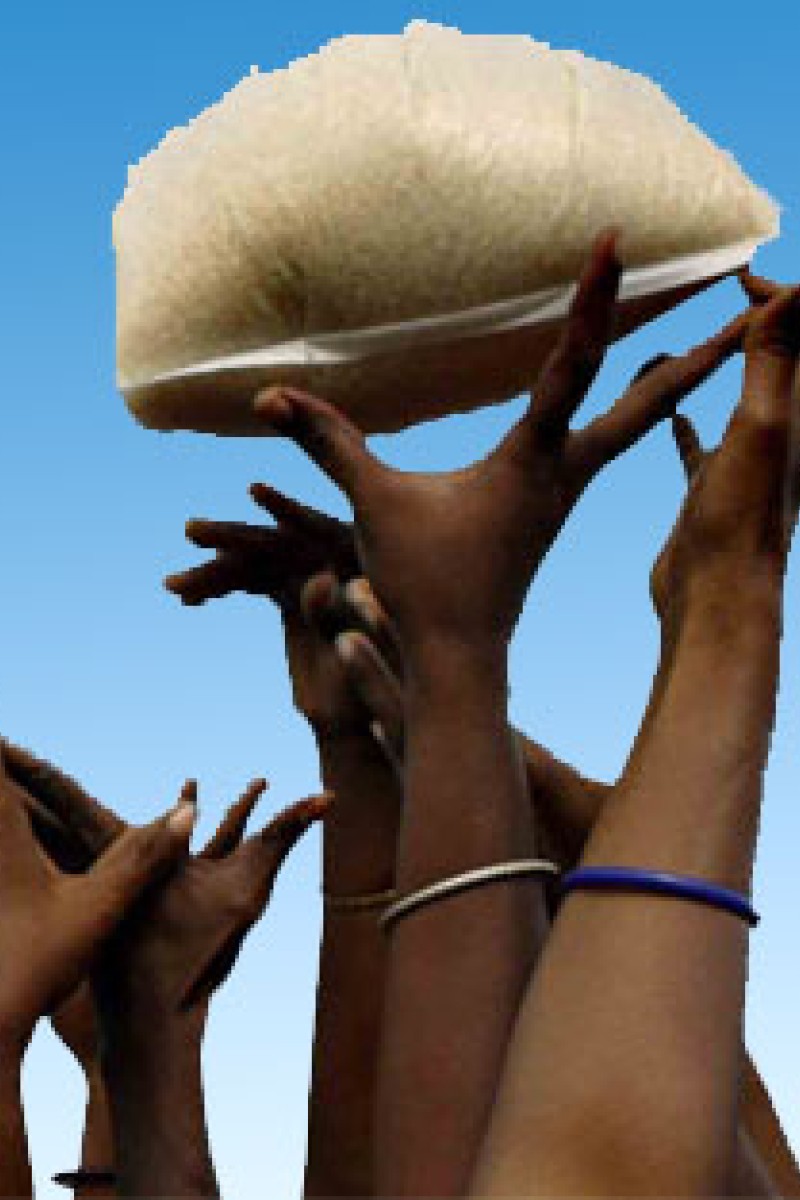
But the aid workers who race to the scene of a catastrophe to deliver basic necessities, such as food, clean water, clothes and tents, are increasingly putting their own lives at risk.
Last year, 102 aid workers were killed while carrying out their duties, compared with 65 in 1999. A further 92 workers were kidnapped, compared with only 20 in 1999.
In recognition of the efforts and sacrifices of aid workers, last year the United Nations declared August 19 World Humanitarian Day. Seven years ago today, the bombing of the UN headquarters in Baghdad, Iraq, killed 22 workers.
In Hong Kong, the Unicef Young Envoys Club will be doing their bit to commemorate the work of aid workers around the world. From 3.30pm to 7pm today on the first floor of the Central Terminal Building (Star Ferry Pier), club members will stage a mime show depicting scenes from a Unicef rescue operation at the site of an earthquake, and the subsequent rebuilding work.
Apart from providing immediate help to the victims of war or natural disaster, long-term aid often aims to rebuild communities by helping to construct new houses and classrooms, and assist in maintaining law and order. These projects can last for years.
For many years, aid workers relied on the fact that all parties involved in a conflict understood that they needed to be protected so the workers could bring help to wherever it was needed. But increasingly they are putting themselves in danger when carrying out their missions.
Threats to their well-being come in many forms, including assassinations, roadside bomb attacks, aerial bombings, fighting between warring factions, and mob violence in war-torn regions.
In January this year, eight aid workers from China were killed while on a peacekeeping mission in Haiti when a building collapsed following the earthquake. And two European aid workers were kidnapped and held for almost a week near the country's capital, Port-au-Prince, where most aid groups are based.
Victor Law Ka-kiu, a Form Four student from England, who came back to Hong Kong to take part in the Unicef campaign, recalls the danger faced by workers in a rebuilding project in the wake of the Sichuan earthquake.
'I was with aid workers last year to learn about rebuilding and aid projects. We had to go around a mountain to deliver daily necessities. The roads were very narrow and dangerous because of a lack of resources [to fix them]. Sometimes rocks fell from above and hit our car,' he says.
But this didn't stop the efforts, Victor says. 'I was impressed with the aid workers' determination to complete their mission.'
<!--//--><![CDATA[// ><!-- PDRTJS_settings_2561924 = { "id" : "2561924", "unique_id" : "default", "title" : "", "permalink" : "" }; //--><!]]>